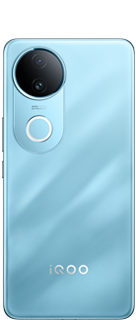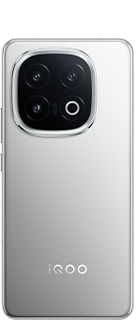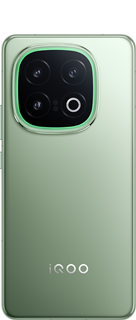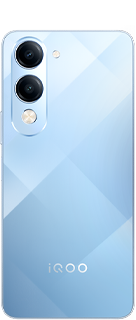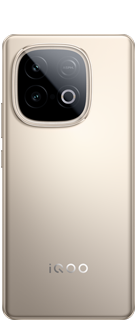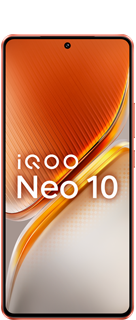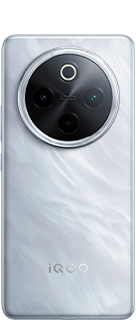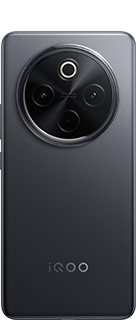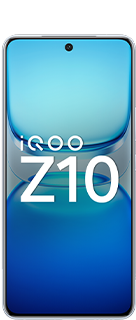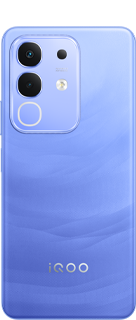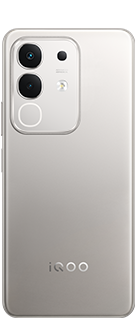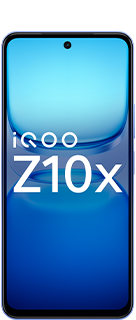NFC - Near Field Communication-wireless technology
NFC, or near field communication, is a wireless technology that enables communication and data exchange between devices at relatively short distances. Contactless payments, smart cards, digital tickets, and other uses requiring quick and secure data transfer all make extensive use of NFC.

How NFC works ?
When two devices are close to one another (often within 10 cm), a magnetic field is created between them. The ability to send and receive data using radio waves depends on the proximity of the devices. For the majority of everyday use scenarios, NFC's maximum data transmission rate of 424 kbit/s is sufficient.

There are three modes of NFC communication:-
1. Passive mode: In this mode, one device (called the initiator) generates a magnetic field and powers the other device (called the target). The target can then send data back to the initiator by modulating the magnetic field. This mode is used for contactless payments, smart cards, and tags.
2. Active mode: In this mode, both devices generate their magnetic fields and can send and receive data. This mode is used for peer-to-peer communication, such as sharing files or contacts.
3. Reader/writer mode: In this mode, one device (called the reader) can read or write data from or to another device (called the tag). The tag can be passive (powered by the reader) or active (powered by its battery). This mode is used for reading or writing information from or to NFC tags.
Benefits
NFC has many benefits that make it a convenient and versatile technology. Some of them are:- Ease of use: NFC does not require any pairing or configuration. You just need to bring two devices close to each other and they will automatically connect and communicate.- Security
NFC uses encryption and authentication protocols to ensure that only authorised devices can access the data. NFC also has a short range, which reduces the risk of eavesdropping or interference.
Compatibility: NFC is compatible with existing technologies such as RFID (Radio Frequency Identification) and ISO/IEC 14443 (a standard for contactless smart cards). NFC also supports various data formats and protocols, such as NDEF (NFC Data Exchange Format) and LLCP (Logical Link Control Protocol).- Interoperability: NFC can work with different types of devices, such as smartphones, tablets, laptops, wearables, speakers, printers, etc. NFC can also work across different platforms and operating systems, such as Android, iOS, Windows, Linux, etc.
NFC use in Daily Lives
1. Contactless payments: You can use your smartphone or smartwatch as a digital wallet and pay for goods and services by tapping a terminal supporting NFC. This is faster and more convenient than using cash or cards.

2. Smart cards: You can use your smartphone or smartwatch as a smart card and access public transportation, buildings, parking lots, etc. by tapping it on a reader that supports NFC. This is more secure and convenient than using physical cards.
3. Digital tickets: You can use your smartphone or smartwatch as a digital ticket and access events, concerts, movies, etc. by tapping it on a scanner that supports NFC. This is more eco-friendly and convenient than using paper tickets.

4. File sharing: You can use your smartphone or tablet to share files with other devices that support NFC by tapping them together. This is faster and easier than using Bluetooth or a Wi-Fi connection.
Do you feel, NFC will have wider usage and what will be the use cases.
Please sign in
Login and share
